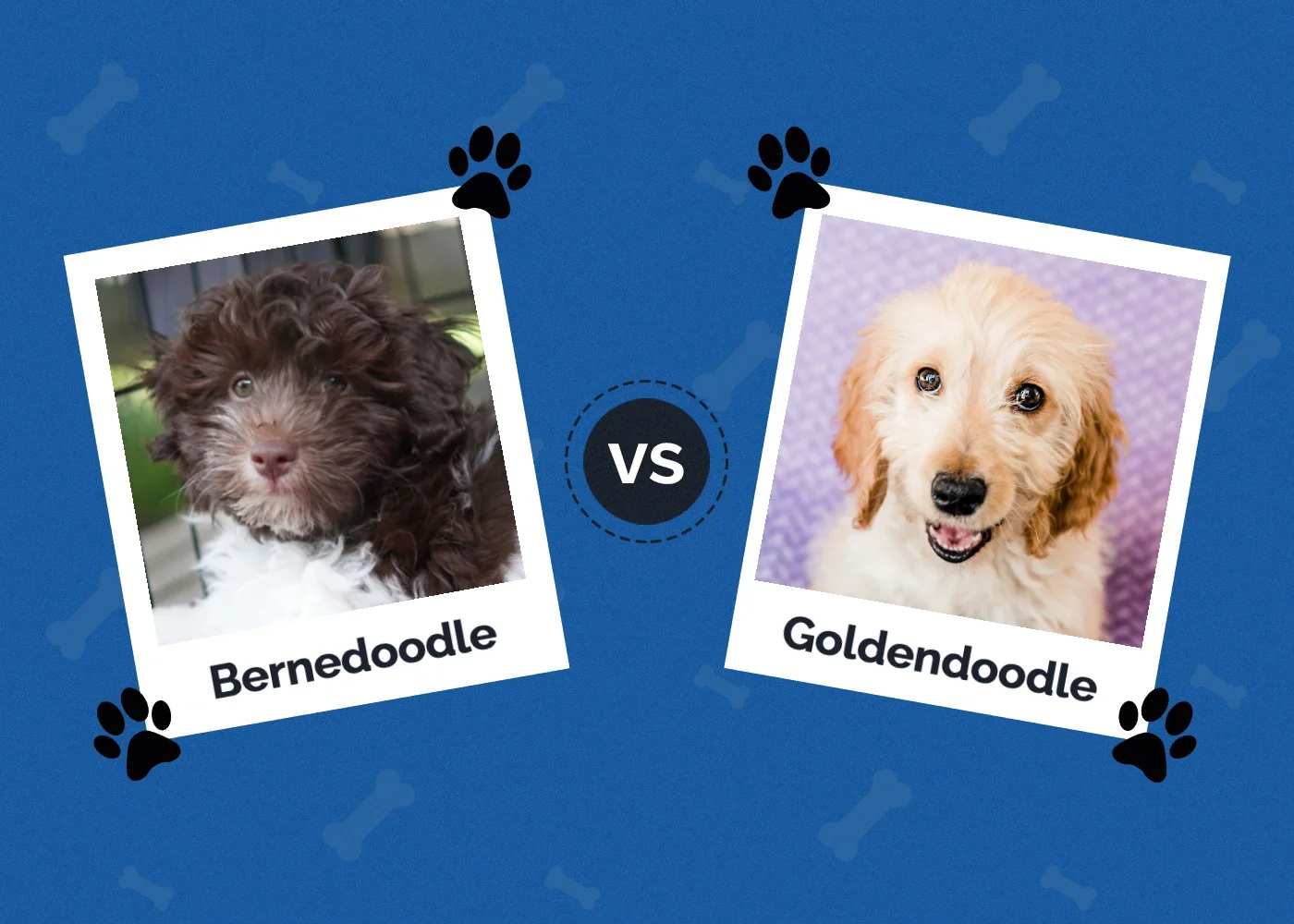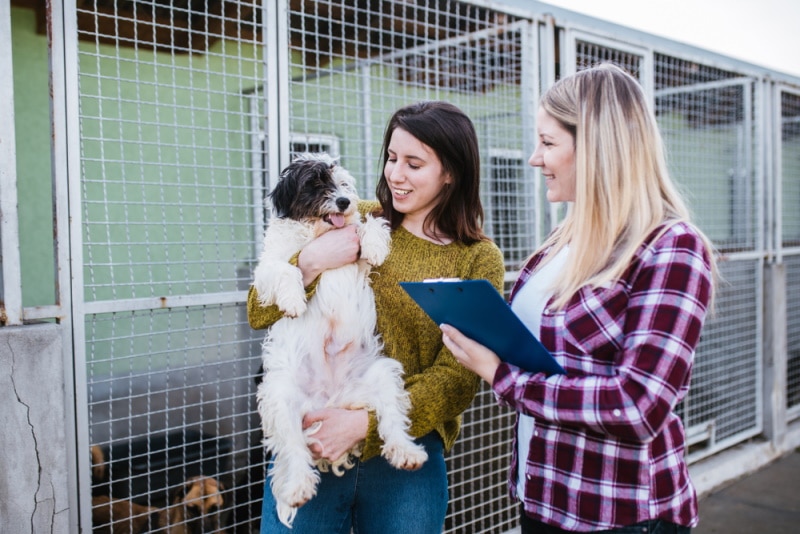7 Longhaired Dachshund Grooming Tips That Work
Updated on
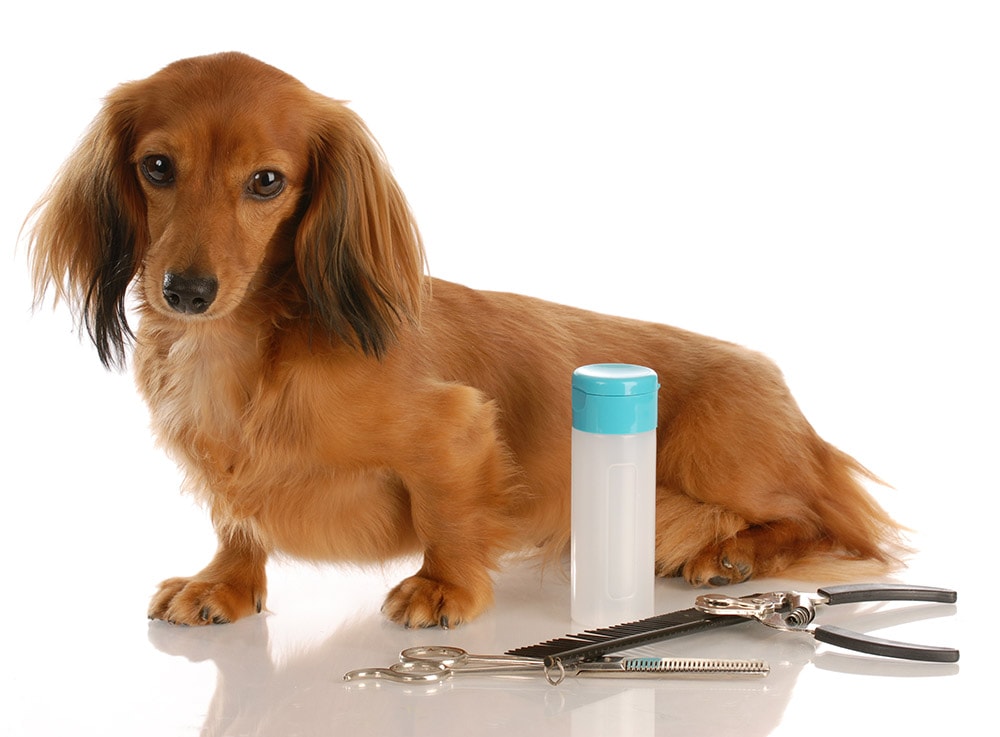
All Dachshunds are full of big personalities, no matter what they look like on the outside. With three coat types to choose from, the ways to keep your Dachshund well-groomed vary quite a bit. If you live with a longhaired Dachshund and aren’t sure how to keep all that hair untangled, you’ve come to the right place! Here are seven longhaired Dachshund grooming tips that work.
The 7 Longhaired Dachshund Grooming Tips That Work
1. Choose the Right Brush

Longhaired Dachshunds can be tricky to brush because their coats are so variable. They have a double coat on their bodies and many sections of thinner, fine hair on their legs, belly, and tail. A double-sided pin and bristle brush is a good option for a longhaired Dachshund.
The wire pins help keep the fur tangle-free without damage, while the bristles comfortably remove surface debris and dead hair for a nice, shiny finish. This brush is the most cost-effective if you’re looking to buy minimal grooming gear.
With a bit more money, you can add a slicker brush to reach your dog’s thick undercoat and a wide-tooth comb for the tail feathers and other fine hair.
2. Work in Sections
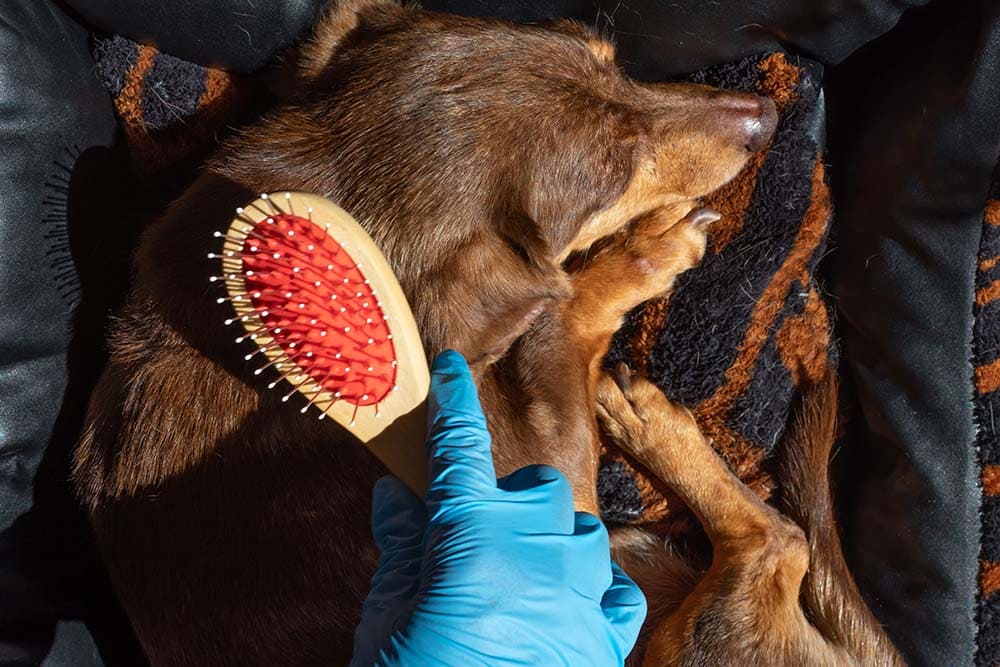
To make it easier to thoroughly brush your Dachshund’s undercoat and prevent mats, use hair clips to divide the fur into sections. This tip allows you to visualize and access the undercoat easily.
Adequate brushing of the undercoat helps decrease the amount of hair your Dachshund sheds around the house. It also makes it easier to brush out any mats that form beneath the outer layer of fur. If not removed, mats will only worsen and can lead to skin irritation and infection.
3. Trim Problem Areas

The long, luxurious fur on your Dachshund’s tail and belly is undoubtedly beautiful, but it is also vulnerable to tangles and debris. Belly hair, mainly because of the dog’s short legs, gets filthy very quickly.
Longhaired Dachshunds also grow a lot of hair between their paw pads that can get dirty and matted, especially in the snow. Rather than constantly cleaning your dog’s belly fur, try keeping it trimmed short and closer to its body.
Tail, leg, and feet feathering can also be kept close-cropped for easy maintenance. A professional groomer can perform this trim efficiently, but frequent appointments can get expensive.
Some owners choose to do the job themselves, but you should use clippers instead of scissors to avoid cutting your dog if you want to try a home trim.
4. Check the Ears Every Time

Floppy-eared Dachshunds are more prone to trapping moisture and dirt in their ears than pups with upright ones. Every day when you brush your longhaired Dachshund, check its ears for excess hair, dirt, and signs of infection or irritation.
Keep the long ear hair trimmed or plucked (a vet or groomer can help you with this), and clean the ears at least once a week. If you’ve never cleaned your dog’s ears, your vet can recommend a safe cleaner and demonstrate the process. Never stick cotton swabs or anything else down into your Dachshund’s ear canal.
5. Dental Health Is Key
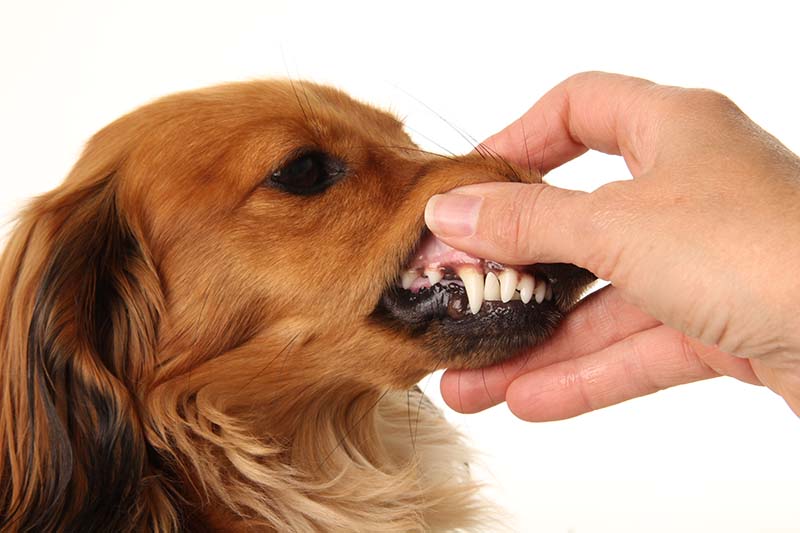
Many small dogs, including Dachshunds, struggle with bad teeth. To keep your longhaired Dachshund’s breath fresh and teeth strong, don’t neglect their dental health as part of your grooming routine. Ideally, your Dachshund should receive daily dental care.
Teeth brushing is the best way to keep tartar at bay. Use toothpaste designed for dogs rather than a brand for humans. A soft kid’s toothbrush or dog toothbrush can be used, or try wrapping some gauze around your finger and using that if your Dachshund is unsure how they feel about the toothbrush.
If you cannot brush your dog’s teeth regularly, ask your vet for other suggestions, such as dental chews or a water additive.
6. Don’t Neglect the Nails

Dachshunds have a good reputation among veterinary staff and groomers for being naughty for nail trims. Because of that, many Dachshunds don’t receive regular nail care, and their claws can quickly grow too long. Long toenails are easily snagged and torn.
They may also make it difficult for the Dachshund to walk properly, especially on tile or hardwood floors. Nails should be trimmed about once a month, depending on how quickly they grow and the rate of natural wear.
To make the pedicure easier, spend some time between trims desensitizing your Dachshund to having their feet touched. Feed them treats as you handle their paws and toes to help build a positive association.
7. Keep Bathing to a Minimum

This tip may not make sense, but a healthy longhaired Dachshund doesn’t need frequent baths. Bathing too often can interfere with the natural distribution of oils in the skin and coat, leading to abnormal dryness, irritation, and even infection.
Stick to a bath about once a month unless your pup gets muddy or rolls in something smelly. Use a shampoo formulated for dogs and rinse thoroughly. Brush any mats or tangles out of your Dachshund’s coat before the bath because they’ll be harder to get out once your dog is wet.
Contact your veterinarian for a check-up if you notice any flaking, scratching, redness, or an abnormal smell on your Dachshund’s skin and coat.
The Dachshund Coat Types
The three official Dachshund coat types are as follows:
- Longhaired
- Smooth
- Wirehaired
Longhaired
We’ve already given you a brief description of the longhaired Dachshund coat when we discussed how to brush it. The Dachshund breed standard describes the hair as sleek with a slightly wavy appearance. The longest hair is found on the neck, chest, legs, belly, tail, and ears.
Smooth
These Dachshunds have the shortest of the three coat varieties. They have no undercoats, just a single layer of short, smooth fur. According to the breed standard, the smooth Dachshund’s coat shouldn’t be too thick or long. Sometimes, you’ll find some longer, bristle-like hair on the belly.
Wirehaired
The wirehaired Dachshund is double coated. The outer coat is rough, short, and thick with a finer, softer undercoat. These dogs have a beard and long eyebrows as well. You’ll find shorter hair on their ears, more like a smooth Dachshund.
All three of these coat types are found on both Standard and Miniature Dachshunds in various colors and patterns. Their physical appearance, besides the coat, should be the same.
Conclusion
Dachshunds are one of the most popular dog breeds in the country and certainly one of the most recognizable! With their strong personality and special health needs, Dachshunds aren’t the best match for every household.
If you decide a longhaired Dachshund is a good fit for you, you can expect to spend more time grooming them than you would a smooth-coated dog. Hopefully, these seven tips will help you simplify the process and keep your longhaired Dachshund looking fancy with as little effort as possible.
Featured Image Credit: WilleeCole Photography, Shutterstock


